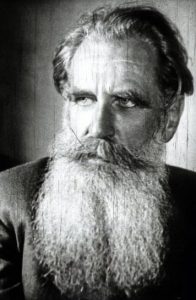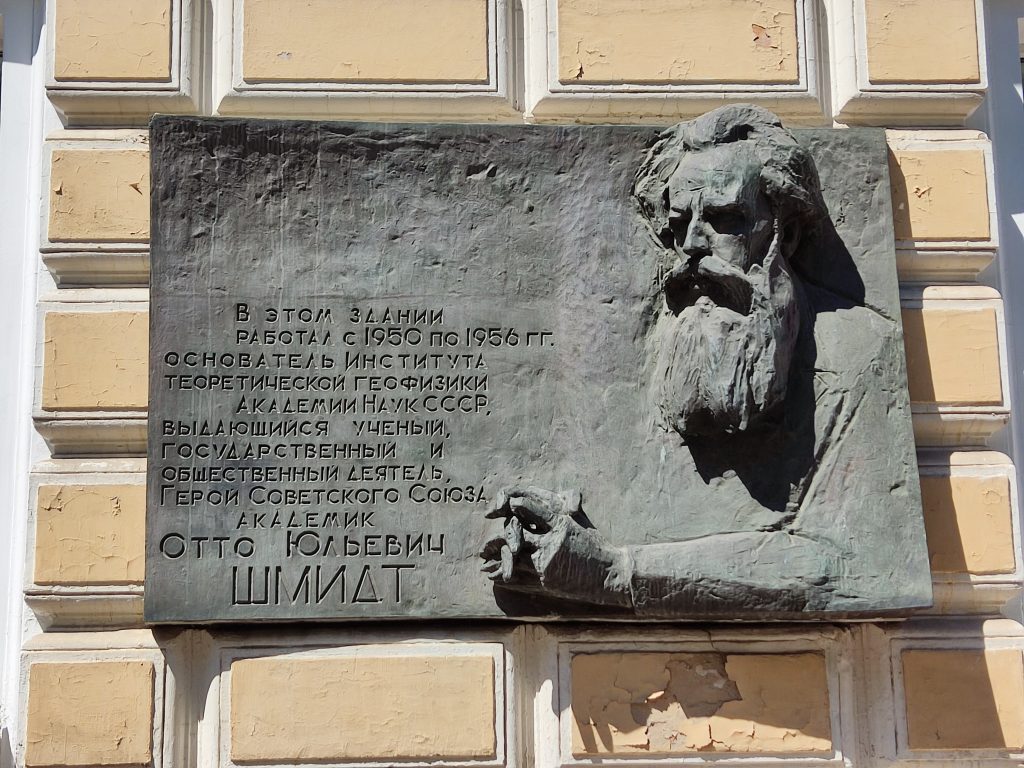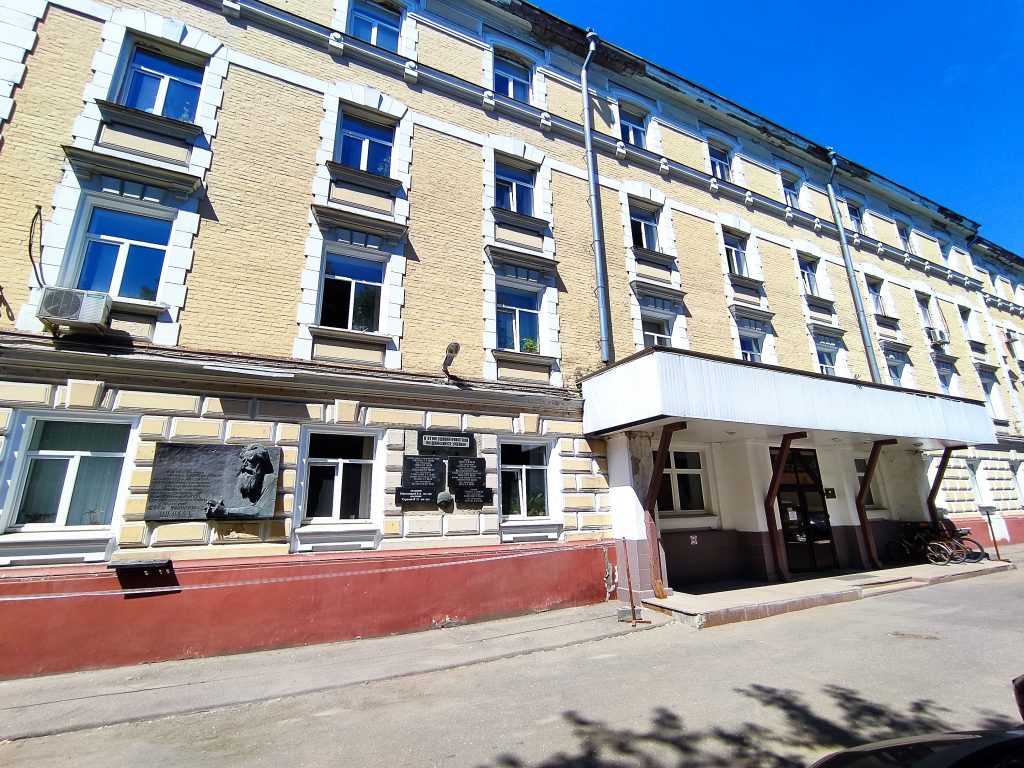Otto Yulievich
Schmidt
1891-1956

Otto Yulievich Schmidt was an outstanding Soviet Arctic researcher, a scientist in the field of mathematics and astronomy, an Academician of the USSR Academy of Sciences. He was born on September 18 (30), 1891 in the city of Mogilev (now it is in Belarus). In 1909 he graduated from the 2nd Classical Gymnasium of Kiev with a gold medal, in 1916 – the Physics and Mathematics Faculty of Kiev University. He wrote his first three scientific papers on group theory in 1912-1913, for one of which he was awarded a gold medal. Since 1916 he had been a private associate professor at Kiev University. After the October Revolution of 1917, Otto Yulievich Schmidt was a member of the boards of a number of People’s commissariats (Narkomproda in 1918-1920, Narkomfin in 1921-1922, Centrosoyuz in 1919-1920, Narkompros in 1921-1922 and in 1924-1927, member of the Presidium of Gosplan in 1927-1930). He was one of the organizers of higher education and science: Otto Yulievich Schmidt worked in the State Academic Council of the USSR Council of People’s Commissars, member of the Presidium of the Communist Academy in 1924-1930. He was a member of the RCP(b) / CPSU (b)/ CPSU since 1918. In 1921-1924 he headed the State Publishing House, organized the first edition of the Great Soviet Encyclopedia, took an active part in the reform of higher education and the development of a network of research institutions. In 1923-1956 he was Professor of the 2nd Lomonosov Moscow State University (MSU). In 1920-1923 he was Professor of the Moscow Forestry Institute. In 1928 Otto Yulievich Schmidt took part in the first Soviet-German Pamir expedition organized by the USSR Academy of Sciences. The purpose of the expedition was to study the structure of mountain chains, glaciers, passes and climb the highest peaks of the Western Pamirs. In 1929 an Arctic expedition was organized on the icebreaking steamer Sedov. O.Y. Schmidt was appointed the Head of this expedition and the «government commissioner of the Franz Josef Archipelago». The expedition successfully reached Franz Josef Land; O.Y. Schmidt created a polar geophysical observatory in Tikhaya Bay, surveyed the straits of the archipelago and some islands. In 1930 the second Arctic expedition was organized under the leadership of O.Yu. Schmidt on the icebreaking steamer Sedov. The islands of Vize, Isachenko, Voronina, Long, Domashny, and the western shores of the Northern Land were discovered. During the expedition, an island was discovered, which was named after the head of the expedition – Schmidt Island. In 1930-1932 he was Director of the Arctic Institute of the USSR Academy of Sciences. In 1932 an expedition led by O.Y. Schmidt on the icebreaking steamer Sibiryakov covered the entire Northern Sea Route in one navigation, laid a solid foundation for regular voyages along the shores of Siberia. In 1932-1939 he was the head of the Main Sea Route. In 1933-1934, under his leadership, a new expedition was conducted on the steamer Chelyuskin in order to test the possibility of sailing along the Northern Sea Route on a non-icebreaking class ship. At the time of the death of the Chelyuskin in the ice and in the future, when arranging the lives of the rescued crew members and the expedition on floating ice, he showed courage and firm will. In 1937, on the initiative of O.Y. Schmidt, the Institute of Theoretical Geophysics of the USSR Academy of Sciences was organized (O.Y. Schmidt was its director until 1949, in 1949-1956 – head of the department). In 1937 Otto Yulievich Schmidt organized an expedition to the world’s first drifting scientific station «North Pole-1» in the very center of the Arctic Ocean. In 1938 he led the operation to remove the station staff from the ice floe. By the resolution of the Central Executive Committee of the USSR dated June 27, 1937, Schmidt Otto Yulievich was awarded the title Hero of the Soviet Union with the award of the Order of Lenin for exemplary fulfillment of the Government’s task and heroism of the participants of the Northern Expedition who reached the North Pole and founded a polar station on the drifting ice at the pole. After the establishment of the badge of special distinction, he was awarded the Gold Star medal. Since 1951 he had been the editor-in-chief of the magazine «Nature». In 1951-1956 he worked in the Geophysical Department of Moscow State University. The main works in the field of mathematics related to algebra; the monograph “Abstract theory of groups” (1916, 2nd ed. 1933) had a significant impact on the development of this theory. O.Y. Schmidt was the founder of the Moscow algebraic school, of which he was the head for many years. In the mid-1940s O.Y. Schmidt put forward a new cosmogonic hypothesis about the formation of the Earth and the planets of the Solar system (the Schmidt hypothesis), which he continued to develop together with a group of Soviet scientists until the end of his life. On February 1, 1933 he was elected a corresponding member, and on June 1, 1935 – a full member (Academician) of the USSR Academy of Sciences. From February 28, 1939 to March 24, 1942, he was Vice-President of the USSR Academy of Sciences. He was Academician of the Academy of Sciences of the Ukrainian SSR (1934). In the name of Otto Yulievich Schmidt they named: an island in the Kara Sea, a peninsula in the northern part of Novaya Zemlya, a cape on the coast of the Chukchi Sea, one of the peaks and a pass in the Pamir Mountains, as well as the Institute of Physics of the Earth; streets in Arkhangelsk, Kiev, Lipetsk and other cities, an avenue in Mogilev; the Museum of Arctic Exploration of Murmansk Gymnasium No. 4. The first Soviet scientific icebreaker launched in 1979 was named Otto Schmidt. In 1995 the Otto Yulievich Schmidt Medal of the Russian Academy of Sciences was established for outstanding scientific work in the field of Arctic research and development.
Address: Moscow, Bolshaya Gruzinskaya str., 10, p. 1

